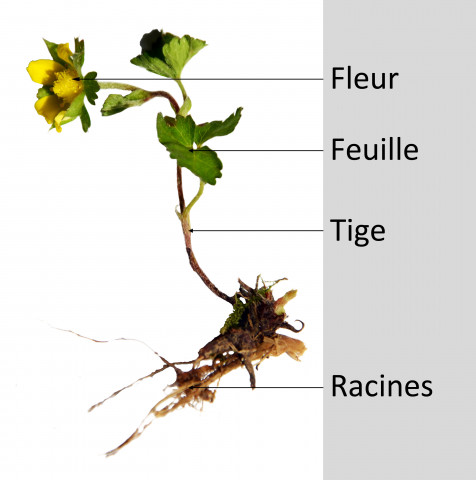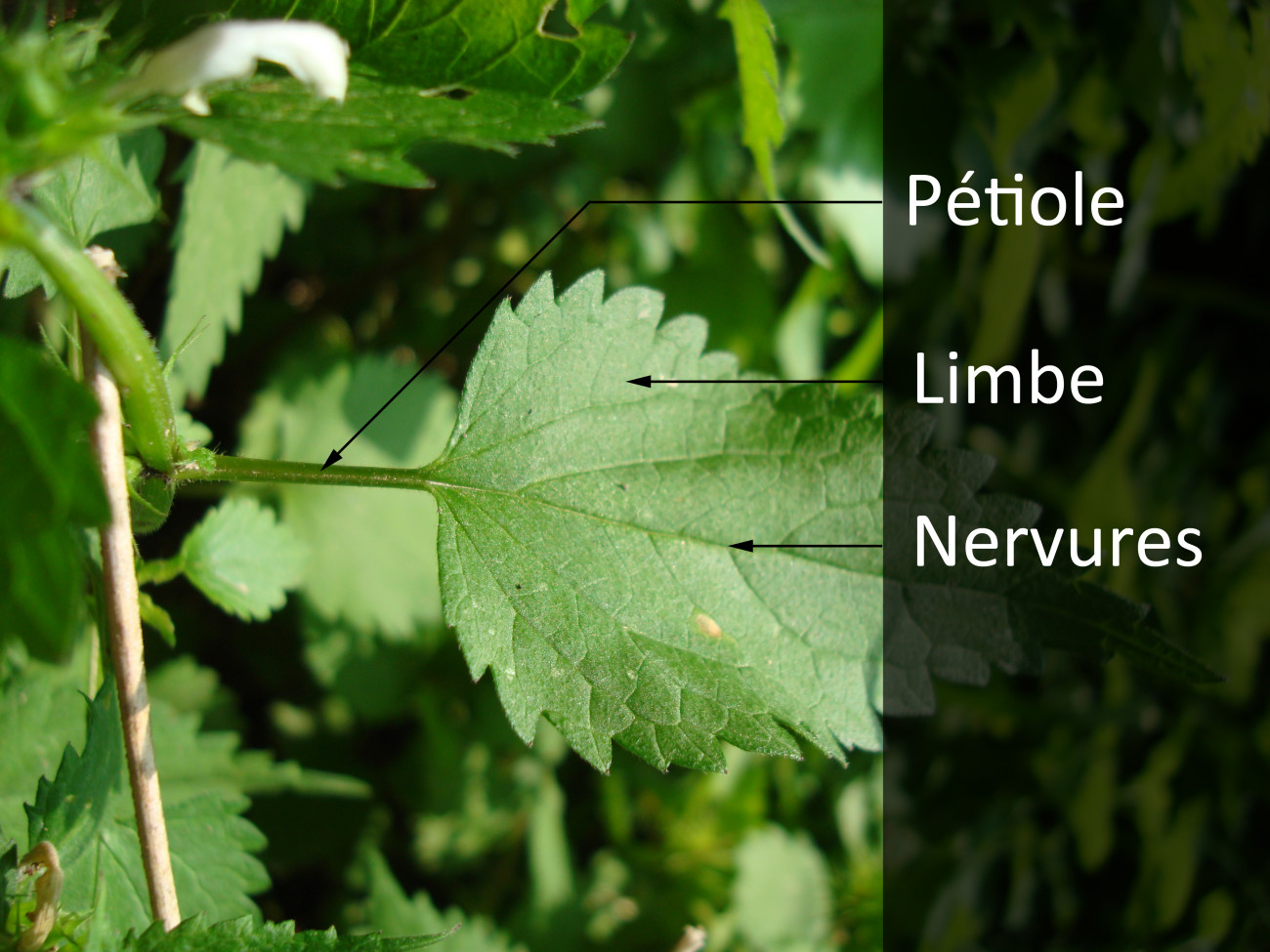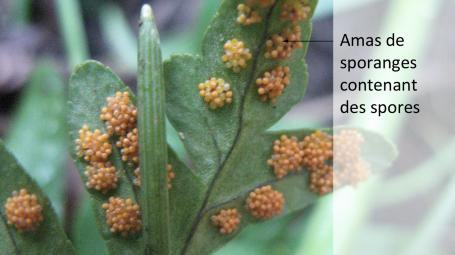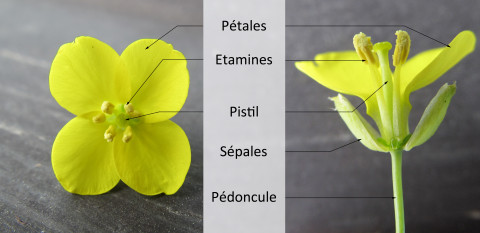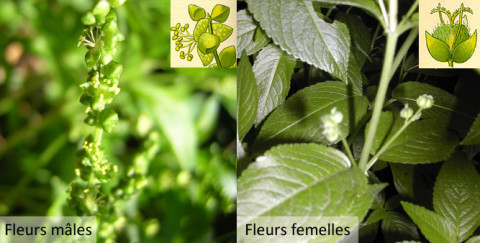Their morphology
Tall, creeping, with yellow, blue or white flowers, with prickly leaves, ... there is a great diversity of plants. These morphological characteristics can be used to distinguish between different plant species.
General morphology
The urban wild plants covered by the programme are mostly flowering plants. These consist of a leafy stem with roots. Depending on the season, the stems may bear flowers.
The leaf
The leaf is a generally flattened, green organ that catches the light. It is connected to the stem by a petiole. The part following the petiole is called the leaf blade, which has veins containing vessels that allow exchanges with the rest of the plant.
Beware! Some of the species in the observatory are ferns, and the leaf of these is called a frond. It has the particularity of not only allowing light to be captured but also of carrying the spores in small bags called sporangia.
The flower
The flower is the reproductive organ of flowering plants. The flower is connected to the stem of the plant by a stalk. The petals together form the corolla; the sepals together form the calyx. Petals and sepals are sterile parts that can be used to attract pollinators and protect the reproductive parts. The stamens carry the pollen, which is the male part of the flower, and the pistil collects these pollen grains which can then migrate to the ovule, the female part of the flower.
Special flowers
Usually, plants that we come across have both stamens and a pistil on the same flower. But in some species a flower has either stamens or a pistil. In this case, we can speak of a "male" and a "female" flower.
